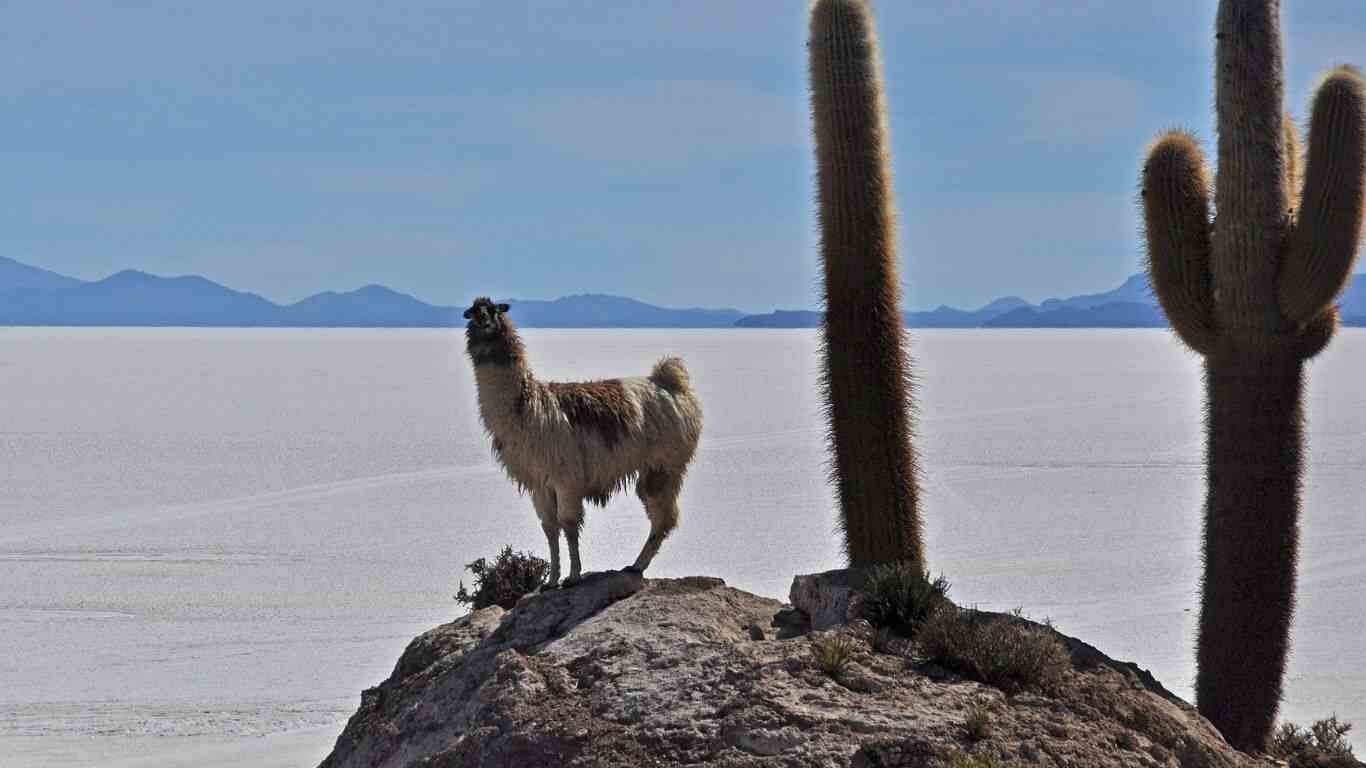
Table of Contents
ToggleIntroduction
Visitors from all over the world come to Uyuni in Bolivia because of the Salar de Uyuni, which are enormous salt flats. Nevertheless, this isolated area offers much more than just surreal scenery. Beyond the salt flats, Uyuni has a lot to offer in terms of experiences, from its distinct climate and surrounding attractions to its rich historical history and lively culture. In order to make the most of your trip to this remarkable location, we will delve into the heart of Uyuni in Bolivia in this article, covering everything from its history to useful travel advice.
Historical Information
The History of Uyuni
The mining sector has a long history in Uyuni, Bolivia. Originally intended to support the mining activities in the area, specifically the extraction of silver and other minerals from the surrounding mountains, Uyuni was founded in 1890 as a trade post. The town’s importance as a centre for shipping minerals to the Pacific Ocean expanded rapidly once a railway line connecting it to the port of Antofagasta in Chile was built.
Mining's decline and tourism's rise
Uyuni in Bolivia experienced economic difficulties when mining operations started to wane in the 20th century. But the town was given fresh life when lithium reserves were found beneath the salt flats, and the Salar de Uyuni became a more well-liked tourist attraction. Today, tourism is Uyuni’s main source of income, as tourists swarm the region to see its distinctive landscapes and historic landmarks.
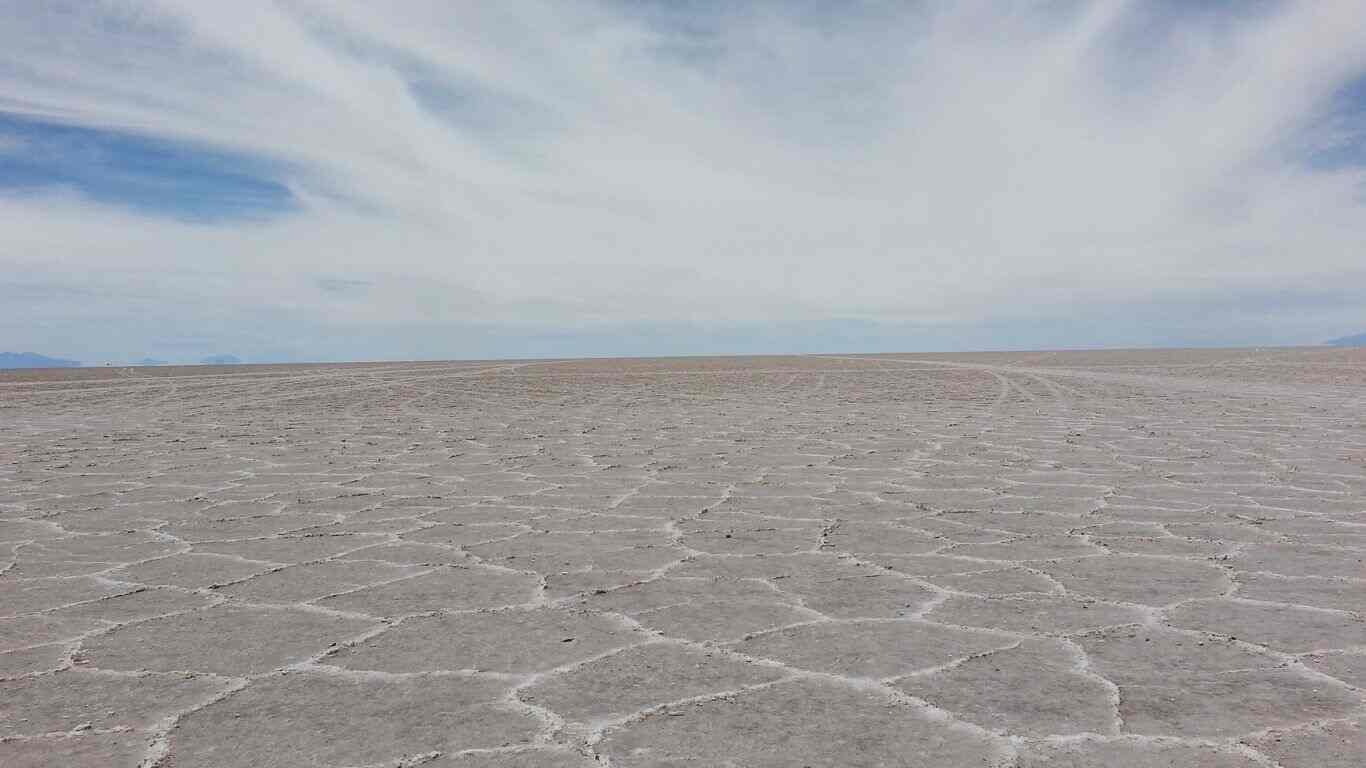
Culture of Uyuni
Native influence
The native Aymara and Quechua peoples, who have lived in the area for generations, had a significant influence on the culture of Uyuni in Bolivia. Visitors can experience this rich cultural legacy through local festivals, markets, and encounters with the people. Their traditions, language, and customs are still very much alive in the area.
Celebrations and Festivals
The religious festival known as “Fiesta de la Cruz,” held in May, is one of the most important cultural events in Uyuni in Bolivia. The lively cultural life of the area is on display as the streets of Uyuni come to life with music, dancing, and traditional costumes during this event. Traditional Aymara rituals are frequently performed during other local events, which is evidence of the people’s strong spiritual ties to the land.
Weather in Uyuni
Understanding the Climate
Because of its elevation of more than 3,600 meters (11,800 feet) above sea level, Uyuni in Bolivia experiences heavily variable weather. The weather is often dry and cold in the winter and pleasant and rainy in the summer. In the winter months, the average temperature drops below freezing at night and rises to 15°C (59°F) during the day.
Ideal Time to Go
It is up to you to decide when is the best time to visit Uyuni in Bolivia. Clear sky and ideal circumstances are provided for exploring the salt flats and nearby sites throughout the dry season, which runs from May to October. The salt flats become a massive mirror during the wet season, which runs from November to April, reflecting the sky and offering fantastical photo opportunities. The decision ultimately comes down to personal preferences, as each season offers distinctive experiences.
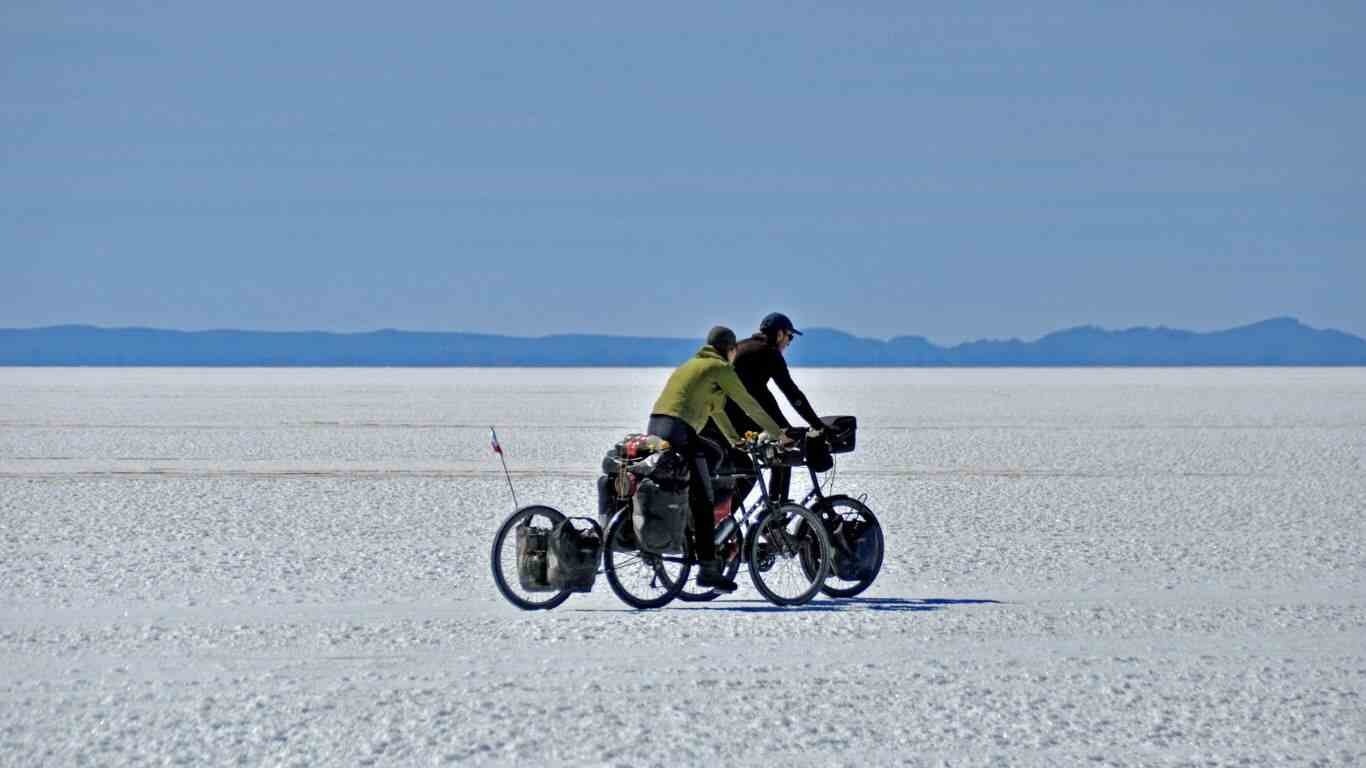
Travel Tips for Uyuni in Bolivia
Getting Ready for High Altitude
A crucial piece of advice for anyone planning to visit Uyuni in Bolivia is to become used to the high altitude. Visitors frequently get altitude sickness, particularly if they have not yet acclimated. Headaches, nausea, and dyspnea are possible symptoms. It’s best to stay hydrated, avoid vigorous activity during the first few days in Uyuni, and spend a few days at a high altitude before to arriving in order to lessen these effects.
What to Bring
Packing adequately for your vacation to Uyuni in Bolivia is essential due to the harsh weather conditions. Wearing layered clothes allows you to adjust to the temperature changes that occur during the day. To protect yourself from the strong UV radiation at high altitude, pack sunscreen, a decent pair of sunglasses, and thick clothing, especially for the chilly evenings. To capture the breathtaking views, a camera with extra batteries is also essential.
Options for Accommodation
From budget hostels to five-star hotels, Uyuni in Bolivia has a wide choice of lodging alternatives. Backpacker-friendly accommodations can be found in the town of Uyuni, while the neighboring areas provide unusual lodging options like salt hotels made completely of blocks of salt. It’s wise to reserve your lodging in advance, particularly during the busiest travel seasons.
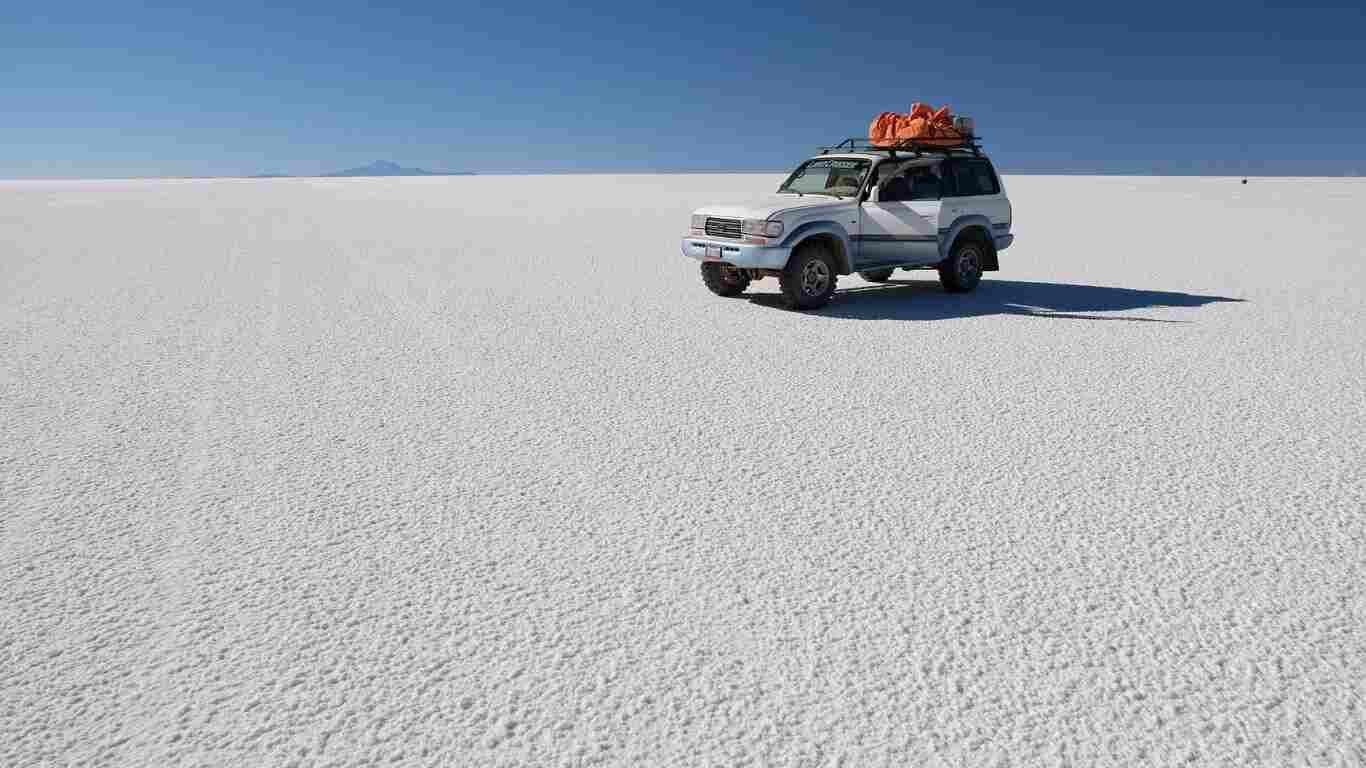
Safety Induction
Remaining Secure in Uyuni
Though there are a few precautions to take, travelling to Uyuni in Bolivia is usually secure. Always go with a reliable tour operator while visiting isolated locations, such as the salt flats or neighboring deserts. This guarantees that in an emergency, you will have the tools and assistance you need. Additionally, exercise caution in the harsh sun and chilly weather, since they might result in sunburn and hypothermia if appropriate safety measures are not followed.
Health Guard Measures
When travelling to Uyuni in Bolivia, health is another factor to consider for safety. There aren’t many medical services in Uyuni, so be sure to bring any required prescriptions and be up to date on your vaccines. To prevent stomach problems, it’s also critical to pay attention to the food and water you eat and drink. It is advised to drink bottled water and to eat at businesses with a good reputation.
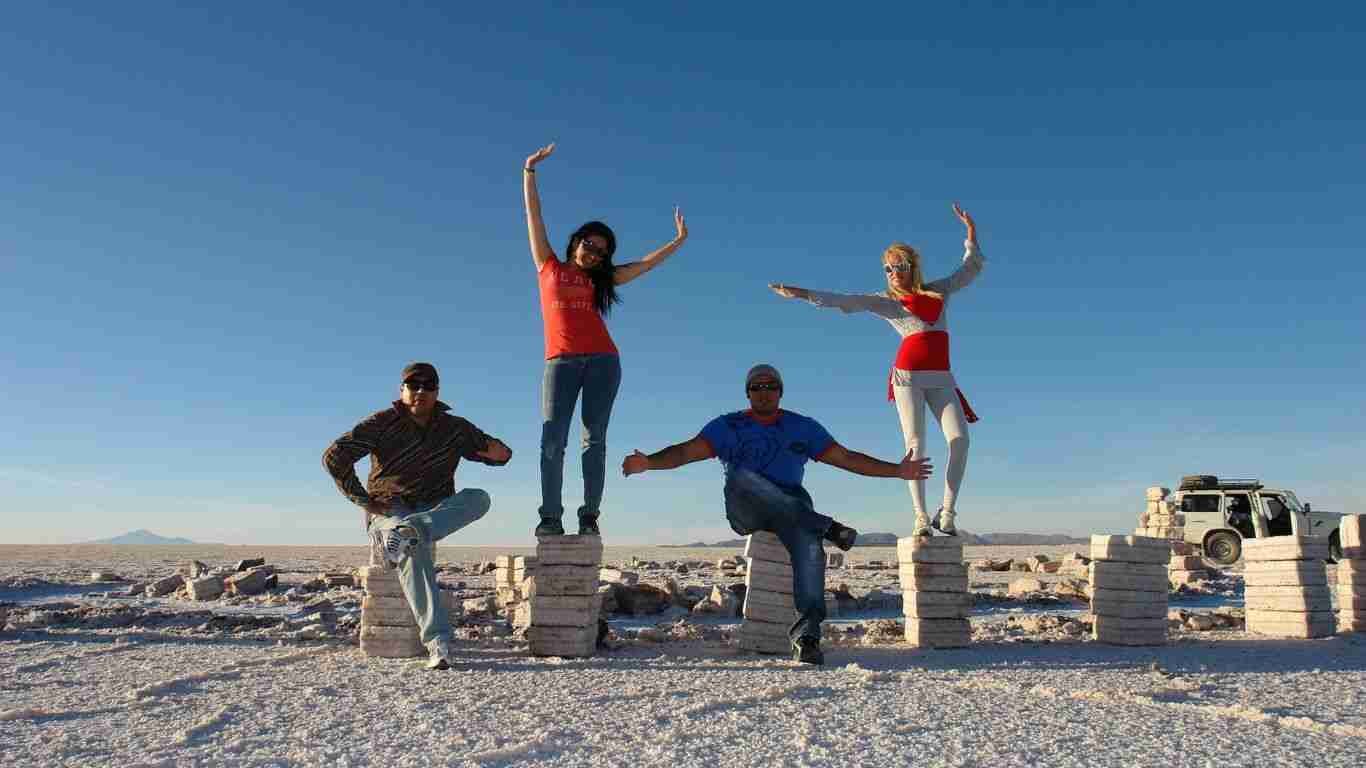
How to Get to Uyuni in Bolivia
By Air
Flying is the most convenient method of travelling to Uyuni in Bolivia. Regular flights operate between La Paz and Uyuni Airport, which is a short distance from the town centre. For those who are pressed for time, the hour-long flight is a convenient choice.
By Bus
You may get to Uyuni in Bolivia more cheaply by bus from a number of places, such as La Paz, Sucre, and Potosí. The bus ride to Uyuni can be rough and drawn out, especially on the unpaved sections of the route. But it provides a more engaging experience and lets you take in Bolivia’s breathtaking scenery as you go.
By Train
By train is another interesting method to go to Uyuni in Bolivia. The “Expreso del Sur,” a rail service that runs between Oruro and Uyuni, passes through gorgeous Andean scenery. If you’re searching for a more picturesque route, this is a terrific option for a seven-hour trip.
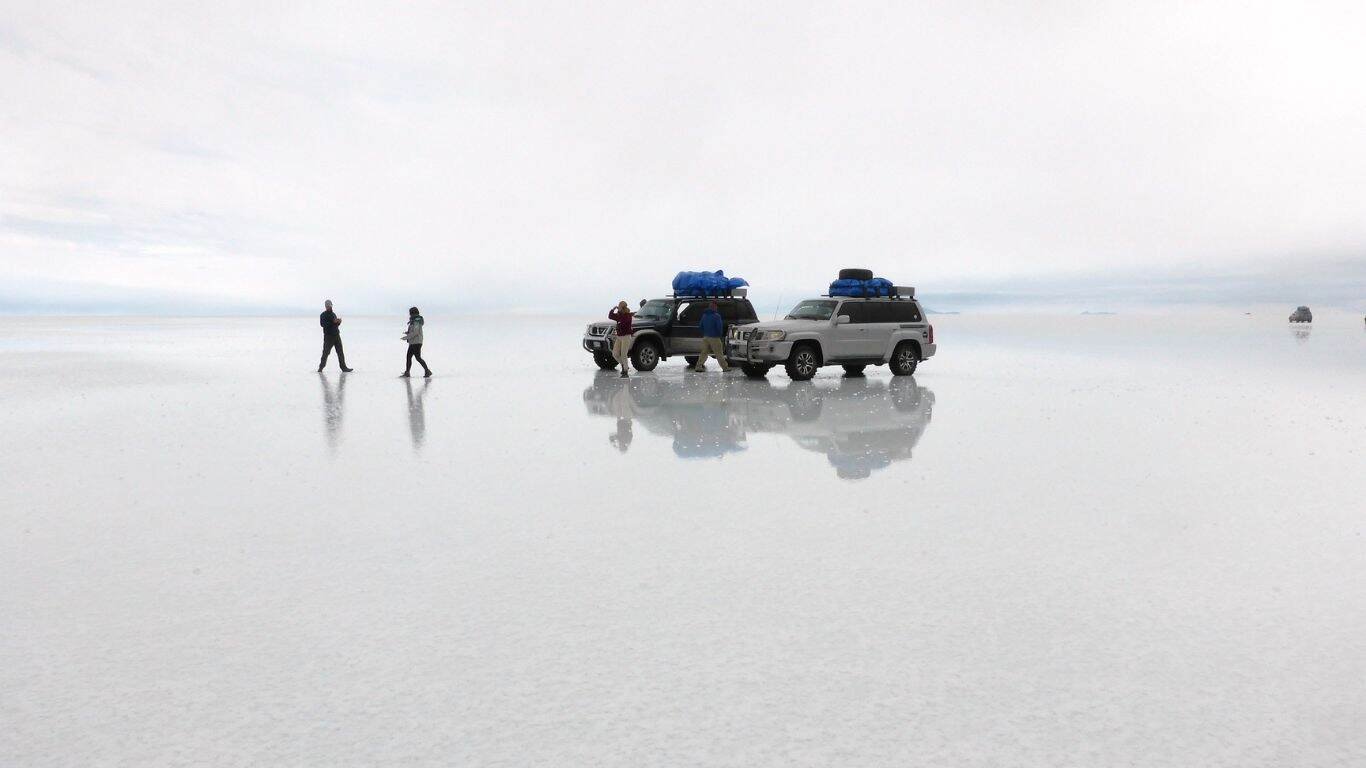
Nearest Attractions to Uyuni
Eduardo Avaroa Andean Fauna National Reserve
The Eduardo Avaroa Andean Fauna National Reserve, which is situated south of Uyuni in Bolivia, is a must-see for those who enjoy wildlife. The reserve boasts breathtaking scenery, such as the vibrant Laguna Colorada, the strange rock formations of the Dali Desert, and the Sol de Mañana geysers. It’s also a fantastic location to see Andean foxes, flamingos, and vicuñas.
Railway Graveyard
A hauntingly beautiful location full of abandoned locomotives and railcars is the well-known Train Cemetery, located just outside the town of Uyuni in Bolivia. These corroding artifacts provide tourists with a unique photo opportunity and serve as a reminder of Uyuni’s former status as a major transportation center.
Cactus Island (Isla Incahuasi)
Cactus Island, also known as Isla Incahuasi, is a remarkable sight situated in the center of the salt flats. Giant cacti, some of which are over 1,200 years old, blanket the entire island. Since the summit of the island offers sweeping views of the salt flats, most tours of Uyuni in Bolivia include a stop there.
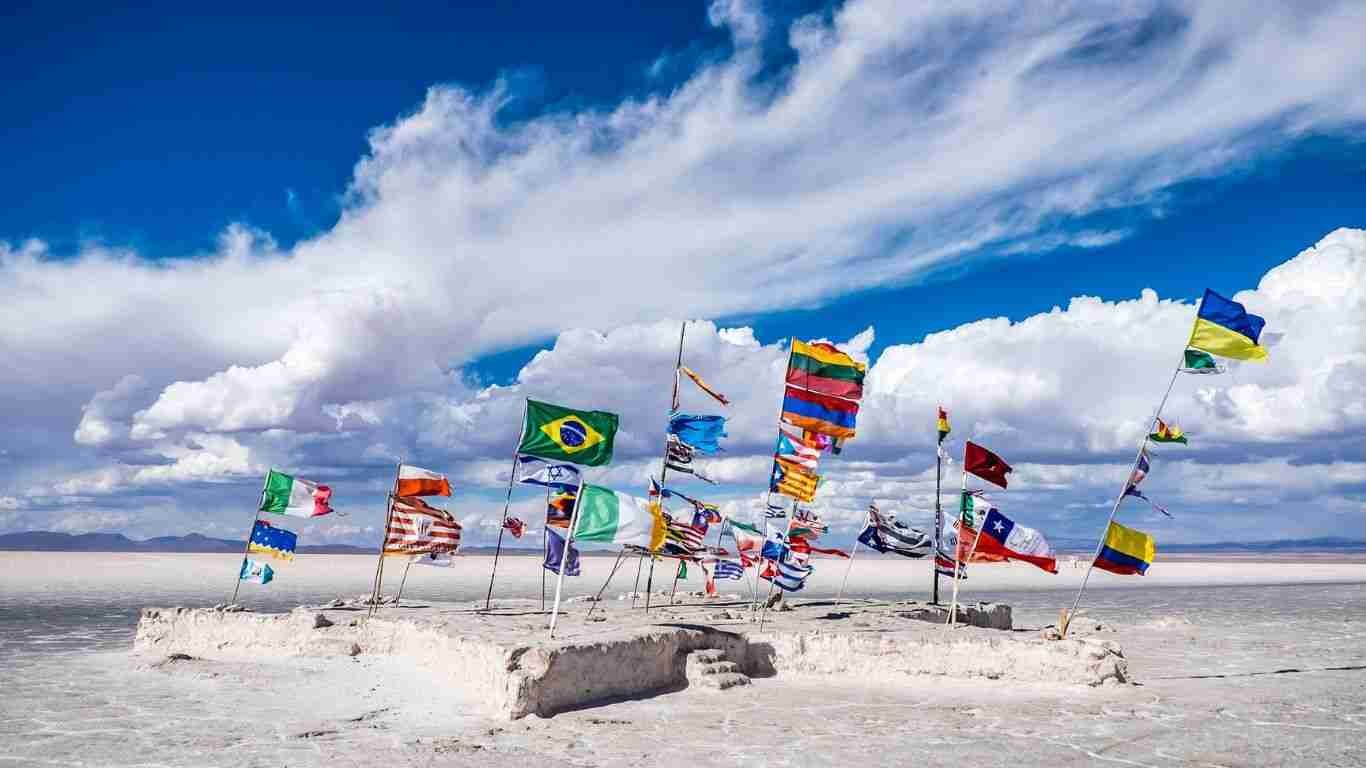
Conclusion
More than only its famous salt flats, Uyuni in Bolivia is a site not to be missed. Uyuni is a place that provides remarkable experiences, from its rich history and lively culture to the distinct weather and nearby attractions. Uyuni in Bolivia is a destination that is sure to make an impression, whether you’re exploring the strange landscapes, learning about the native way of life, or just taking in the spectacular vistas. You can guarantee a safe and pleasurable vacation and make the most of everything that this amazing region has to offer by adhering to the travel advice and safety precautions detailed in this article.
